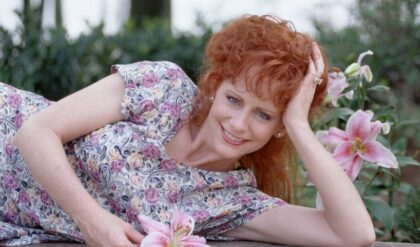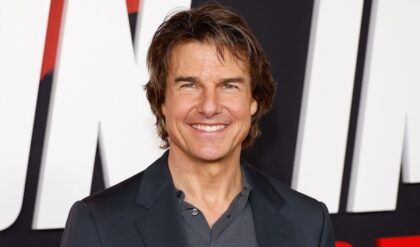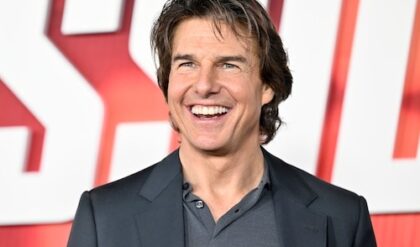The Silence of The Lambs is a towering achievement within the horror genre. Directed by famed auteur Jonathan Demme, the film set the modern template for today’s serial killer thrillers. Anthony Hopkins’ brilliant portrayal of Hannibal Lecter made him an icon, sparking a franchise further exploring the cannibalistic psychiatrist. Ripley Scott’s Hannibal and Brett Ratner’s Red Dragon both tried to re-capture that same lighting in a bottle. However, neither work lived up to The Silence of the Lambs. Demme’s film casts a shadow over all other Hannibal media, yet it wasn’t Dr. Lecter’s true cinematic debut. Unbeknownst to many, Micheal Mann introduced audiences to the congenial cannibal in his cult-classic thriller begging to be re-discovered.
Released in 1986, Manhunter was an adaptation of Thomas Harris’ first novel Red Dragon. CSI’s William Peterson stars as FBI profiler Will Graham, while Succession’s Brian Cox provides the first portrayal of Hannibal Lektor. Directed by Micheal Mann, the film is an existential forensic thriller more concerned with detective work than gothic thrills. Building mood and atmosphere through highly stylized visuals, Manhunter’s experimental approach to storytelling didn’t earn many fans upon release. Critics took issue with the film’s flashy cinematography and icy performances, frequently describing Mann’s direction as “style over substance.” However, time has been kind to this thriller. Far different from other Hannibal films, Manhunter is a stylistically bold adaptation that re-interprets the Lector mythos to great effect.
Manhunter’s Style is a Stark Contrast to The Silence of the Lambs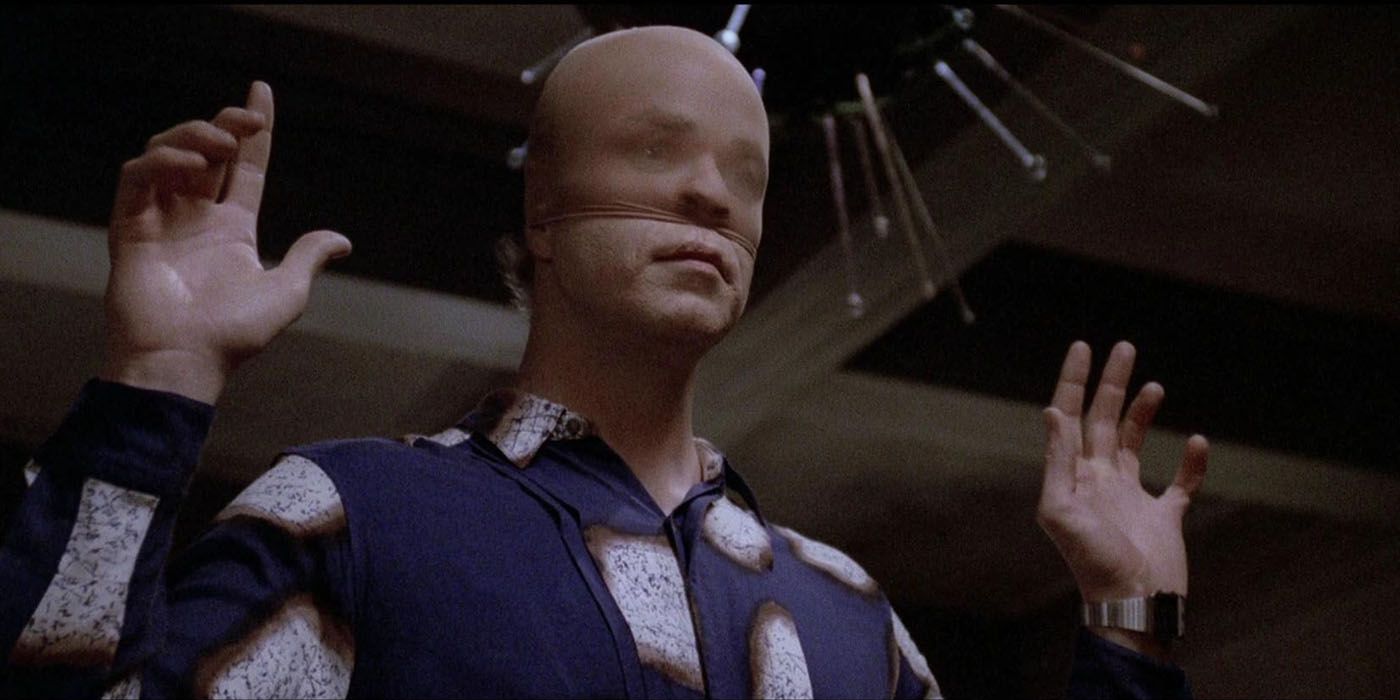
With The Silence of the Lambs, Jonathan Demme established the franchise’s cinematic style. His signature directorial vision is a core aspect of the original film’s mise en scene, with future installments taking great inspiration from his intimate camera work and unique use of close-ups. Favoring traditional horror imagery over flamboyant visuals, The Silence of The Lambs boasts a grimy atmosphere and muted color palette. Nothing looks clean in Demme’s film, with the set design putting a strong emphasis on authentic realism. Manhunter is a different beast entirely. Micheal Mann’s filmmaking sensibilities transform Hannibal’s world into a sun-kissed neon noir baked in the brightest colors known to human eyes.
Fans of Collateral and Miami Vice know that Micheal Mann is the definition of a cinematic auteur. His films are arthouse experiments disguised as action escapism, introspective mood pieces interrupted by flashes of harsh violence. Manhunter is a classic example of Mann’s stylistic auteurism. Blues and whites leap off the screen, with whole scenes designed to emphasize one primary tincture. The maximalist imagery visualizes Will Graham’s internal conflict with outstanding results. The oppressive monochromatic color scheme of the crime scenes makes Will feel trapped within his profession, isolated from a vibrant outside world. That being said, Manhunter’s dynamic style doesn’t interfere with the film’s adherence to realism.
For all of its attempts to avoid over-stylization, The Silence of the Lambs is an admittedly sensationalist story. While not an exploitation film, Demme still has no issue showing off nauseating gore and grotesque violence. The body horror on display in Buffalo Bill’s basement wouldn’t be out of place in a prototypical slasher flick. Despite boasting a less grounded visual presentation, Manhunter is the more realistic interpretation of the source material. In true Micheal Mann fashion, this is a thriller aiming for authenticity. Informed by exhaustive research, the filmmakers place greater interest in Will’s investigation than gory set pieces. Every aspect of the case is explored in detail, helping Manhunter’s villains feel like genuine depictions of serial killers.
Manhunter’s Threats Are More Realistic Than The Silence of the Lambs
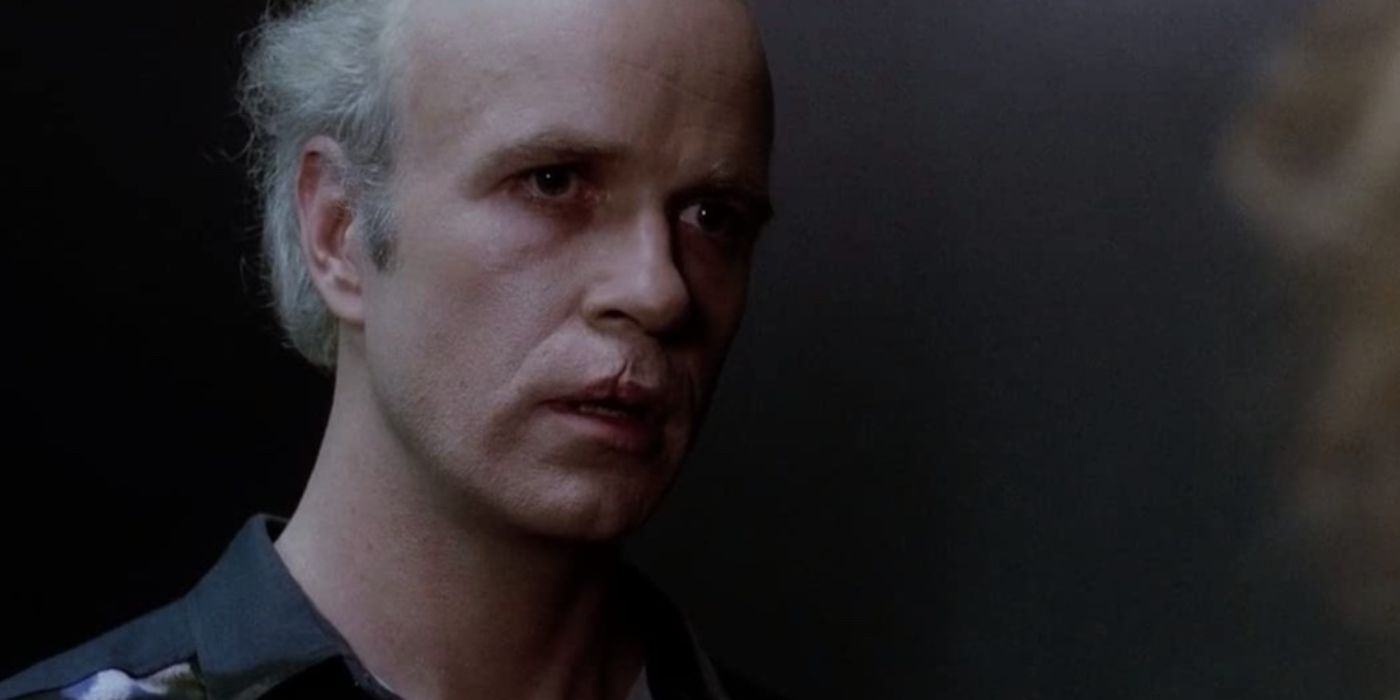
Francis Dolarhyde is a serial killer much closer to Earth than Buffalo Bill. Tom Noonan’s performance is far less ostentatious than Levine’s work in The Silence of the Lambs and makes his character feel more layered. He’s a gloomy figure, riddled with insecurity and haunted by a lack of confidence in his identity. Whereas Buffalo Bill was utilized as a looming threat, Mann explores Dolarhyde’s psychology through visual storytelling. Much like Will Graham, Noonan’s character feels isolated, unable to perceive himself as anything other than a monster. While his actions are monstrous, Dolarhyde is a sympathetic figure, desperate to be loved despite his self-perceived inhumanity. Manhunter‘s depiction of Hannibal himself is informed by a similar sense of realism.
Manhunter Has a Much Different Interpretation of Hannibal Lecter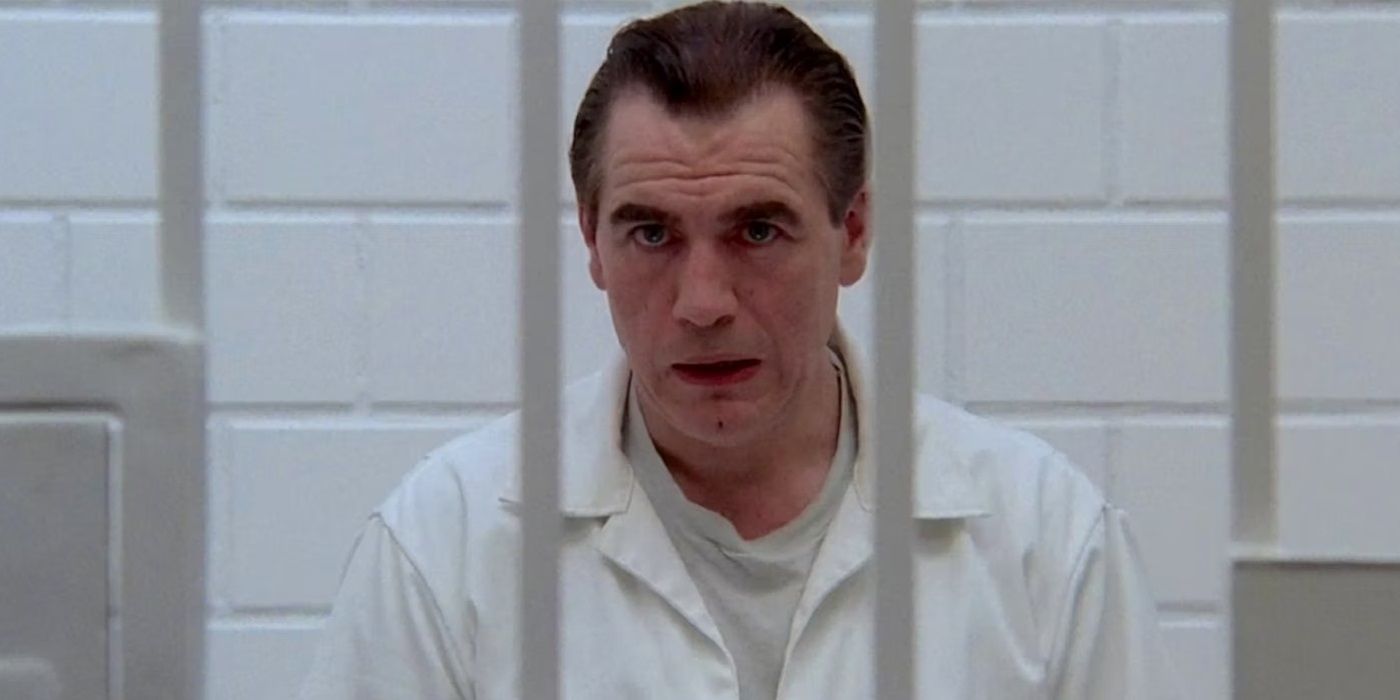
Anthony Hopkins’ work in The Silence of the Lambs is the stuff of legend. Played with poise and deeply suppressed ferocity, his rendition of Hannibal Lecter one of the great horror villains. His performance is dominating yet surprisingly personable, playing the part of a brilliant chess master and machiavellian manipulator. A highlight of Hopkins’ career, he’s returned to the role twice since The Silence of the Lambs, having become synonymous with Lecter himself. However, later attempts to recapture the grandeur of his original performance have proven mixed at best, sometimes devolving into self-parody. Brian Cox’s interpretation of Hannibal is very different from Anthony Hopkins’, feeling unique in light of the character’s media oversaturation.
Manhunter’s Hannibal is one of the most chilling versions of the character ever put on the big screen. Going by Lektor instead of Lector, Cox plays him like a contemptuous snake, a far cry from Hopkins’ polished performance. In Manhunter, Hannibal is an aggressive mental combatant, pushing himself on both Will Graham and the viewer. His dialogue is laced with insufferable sarcasm and sly arrogance, poking and prodding Will in hopes of breaking him. At times, Cox’s Lektor resembles his famous role in Succession, providing an early showcase of his domineering screen presence. This version of Hannibal is the most realistic depiction of the character and a perfect foil to Manhunter‘s protagonist.
Manhunter Is Built Around Its Main Character
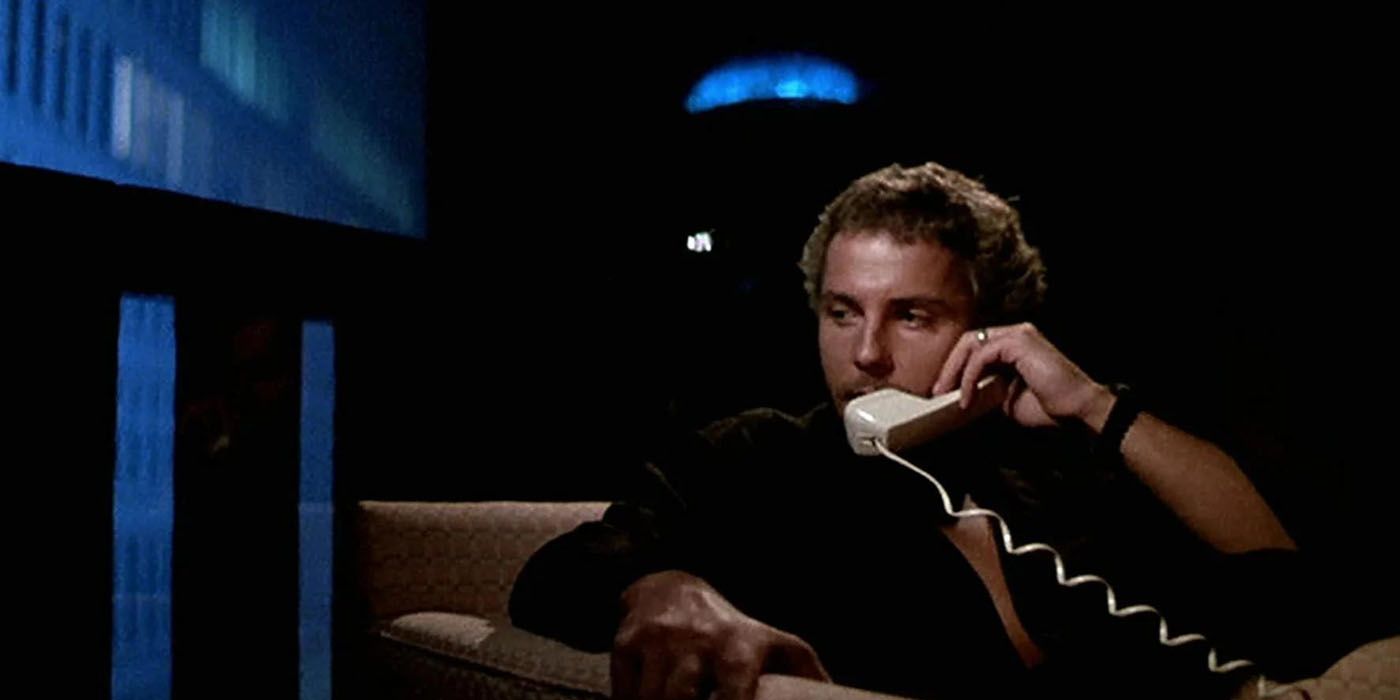
Clarice’s relationship with Hannibal was one of the original film’s biggest selling points. Audiences flocked to TheSilence of The Lambs to witness Jodie Foster’s dynamic with Anthony Hopkins, fascinated by their unique chemistry. Their back and forth made Hannibal Lecter the franchise’s star attraction, with subsequent films being built around his appeal. Brett Ratner’s Red Dragon, itself a remake of Manhunter, greatly expanded upon Lector’s role to give Hopkins more screen time. Anthony Hopkins’ towering performance is baked into the horror zeitgeist, leading many filmmakers to exploit the character for cheap fan service. Micheal Man is one of the few directors who didn’t utilize Hannibal as a sensationalist attraction. Instead, Manhunter places a greater interest in exploring the lead’s overall psyche.
Will Graham exemplifies an archetype that Mann has explored throughout his entire career as a filmmaker. The director has always been fascinated by broken aces, analyzing isolationists imprisoned by their masculinity. A knight trapped in black armor, Will fits in nicely among Micheal Mann’s pantheon of lonely men. Traumatized by his encounters with Hannibal Lektor, Graham finds it difficult to function outside of his former occupation. Able to recreate the mindset of a killer, Will perceives himself as a violent animal, barely restrained by his own decency. Dolarhyde and Lektor never steal the show, instead forcing Will to come to terms with his twisted self-image.
Manhunter Deserves Just as Much Attention as The Silence of The Lambs
The Silence of the Lambs is a brilliant film and has more than earned its place in film history. The performances are some of the best within the genre, and Demme’s skill as a director is on full display. Lector’s scenes with Clarice Starling are nothing short of electrifying, and their relationship makes Hannibal an incredibly layered villain. Ted Taly’s script is full of juicy narrative intrigue, blending thought-provoking ideas with horror thrills. However, just because it’s a great film doesn’t mean that The Silence of The Lambs is Hannibal Lecter’s best cinematic outing. Stylistically unique and thematically intriguing, Manhunter is an even more impressive achievement than its famous follow-up.
Micheal Mann’s idiosyncratic take on the Red Dragon novel is a stealth masterpiece. A remarkable example of genre auteurism, Manhunter blends heavily stylized visuals with staunch realism to create a one-of-a-kind thriller. William Peterson’s work as Will is a career-best performance, and Brian Cox makes for a deeply unsettling Hannibal Lektor. The script tackles thorny subject matter like PTSD and image dysphoria with sensitivity, despite the pulpy trappings of the genre. There’s no doubt that The Silence of the Lambs is a masterpiece of horror and worthy of heavy analysis. It’s just that Manhunter is in a league of its own, and remains Hannibal’s finest film 25 years later.
News
Prince Andrew’s plan to pay for ‘mouldy Royal Lodge’ is exposed in tell-all book
Prince Andrew’s plan to pay for the “mouldy Royal Lodge” has been exposed in tell-all book, according to reports today. Pictures appear to show black mould, cracks and peeling paintwork at Royal Lodge in Windsor, Berkshire. The Duke of York was said to…
King Charles’ incredible act to staff member in the moments after the late Queen died
King Charles put his personal grief to one side to show kindness to the Queen’s staff immediately following her death. Charles had briefly left his mother’s bedside to clear his head when she peacefully passed away. Author Robert Hardman detailed the moment…
‘Disgrace’: Users Slam Kim Kardashian for Wearing Princess Diana’s Cross Necklace & Plunging Neckline Gown at Gala
Kim Kardashian’s latest red carpet look has set the internet ablaze — not because of the dress she wore, but mainly due to the iconic royal jewelry draped around her neck. Fans are divided, with many questioning if she has…
One in four of Prince William’s rental homes are among worst rated for CO2 emissions
More than one in four of Prince William’s rental properties are amongst the worst rated for CO2 emissions, a Mirror investigation has found. Yesterday, a joint investigation with Channel 4 Dispatches showed that one in seven Duchy of Cornwall properties have the worst F and G ratings…
The photographer recognized he had captured something unique after taking this picture
There’s a striking image of Princess Diana and Michael Jackson that’s always stuck with me. At first glance, it seems like just a moment shared between two legends, but dig a little deeper, and there’s so much more to their…
Oprah Winfrey plugs $146 luxury bodycare set gifted by ‘my neighbour Meghan’ – and it’s made by millionaire Montecito beauty guru who appeared in the Sussexes’ Netflix series
Oprah Winfrey has plugged a $146 luxury bodycare set gifted by ‘her neighbour Meghan’ – and it’s made by a millionaire Montecito beauty guru who appeared in the Duke and Duchess of Sussex’s Netflix series. The talk show host, 70, who lives in…
End of content
No more pages to load







